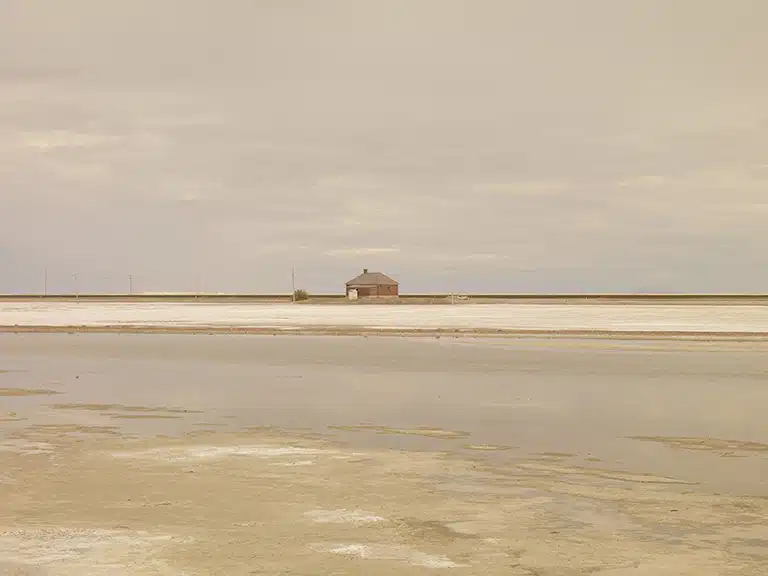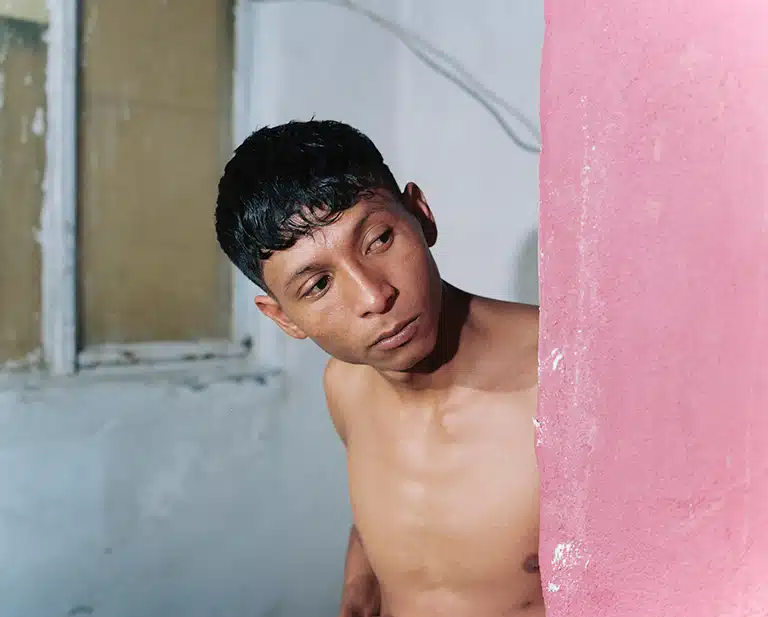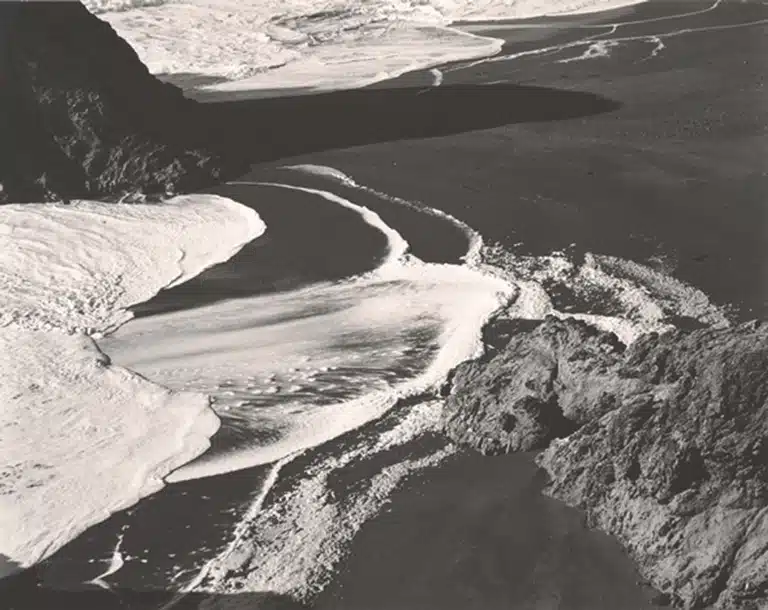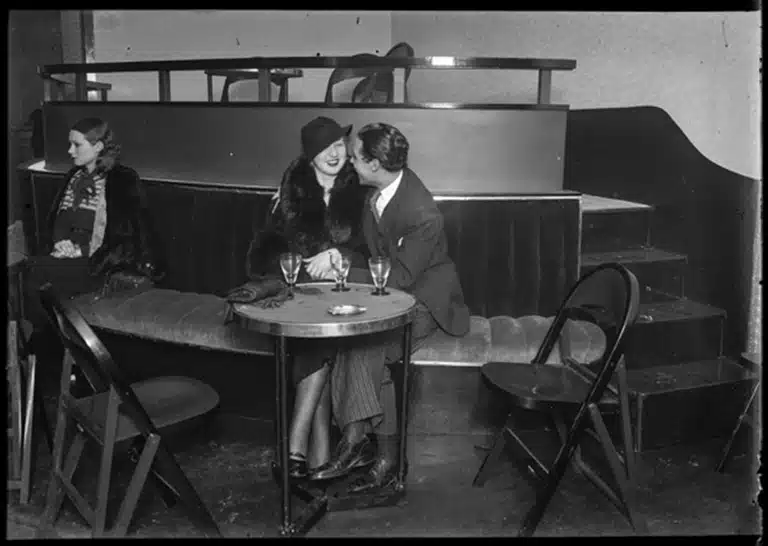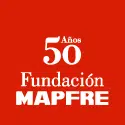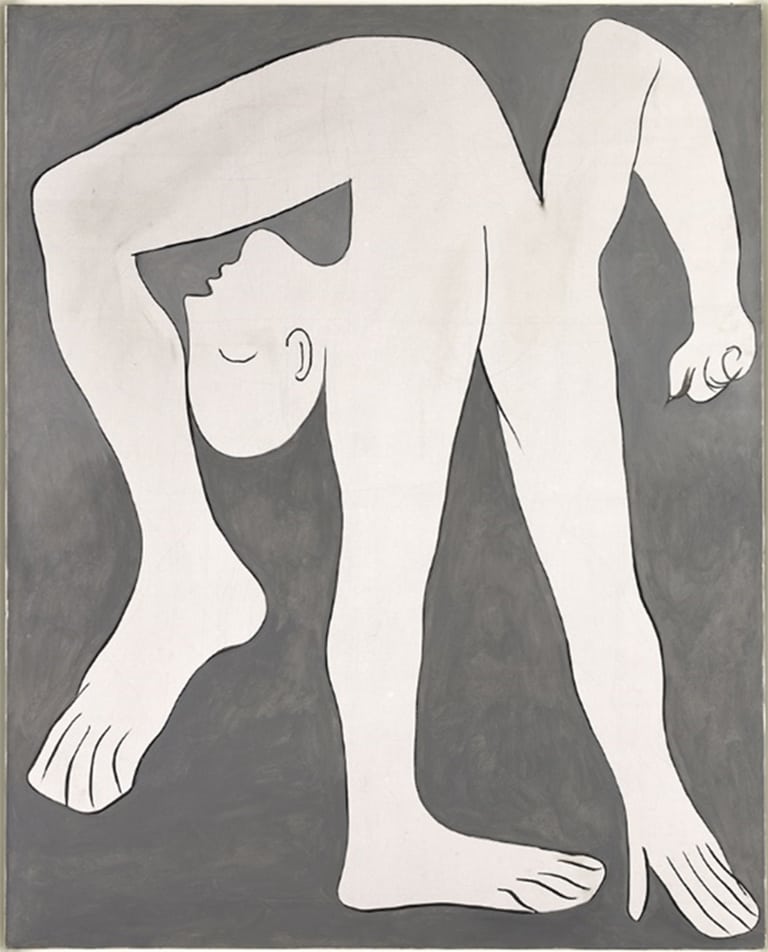Julio González, Pablo Picasso and the dematerialization of sculpture
SEP.23.2022 ──────── JAN.08.2023
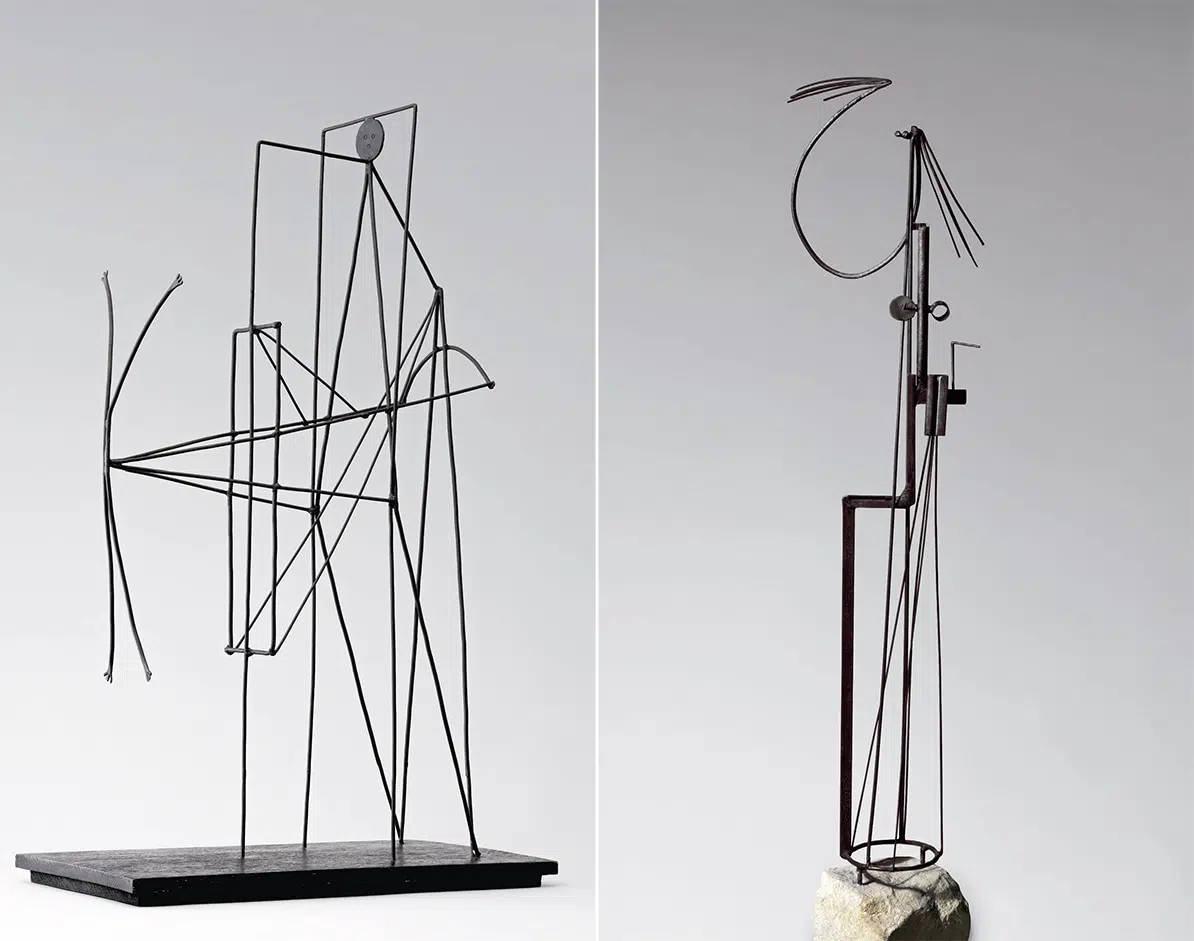
Julio González
Gran maternidad, 1934
Tate
Photo: Tate
Pablo Picasso
Figura: proyecto para un monumento a Guillaume Apollinaire, París, otoño de 1928
Musée national Picasso-Paris
© Sucesión Pablo Picasso. VEGAP, Madrid, 2022
Photo © RMN-Grand Palais (Musée national Picasso-Paris) / Adrien Didierjean
Más detallesMenos detalles
Traditionally, the joint work between Pablo Picasso and Julio González has been considered by art historiography as the moment at which iron sculpture was “invented” and, therefore, the introduction of abstraction into the realm of sculpture. However, and for the first time, the present exhibition shows how this fact, one of the fundamental milestones in the international art of the 20th century, was not an isolated one-off event, but the consequence of a process that, in the words of Tomàs Llorens, curator of the exhibition at the origin of this project, “responded to an impulse of transparency and dematerialization that shook up, in a variety of ways, the artistic creation of the late 1920s and early 1930s”.
Julio González, Pablo Picasso and the dematerialization of sculpture is the last great project of Tomàs Llorens, one of the most brilliant and iconic art historians of our country, who passed away on June 10, 2021. Curated together with his son Boye, this exhibition culminates a line of research to which the historian devoted a major part of his work for much of his career.
Exhibition organized by Fundación MAPFRE with the collaboration of the Musée national Picasso-Paris, the Spanish National Commission for the Commemoration of the 50th Anniversary of the Death of Spanish Artist Pablo Picasso, and the González Administration.

This show is part of the official programme of the Picasso Celebration 1973–2023, supported in Spain by Telefónica as corporate sponsor.

Catalan Modernism: Catalan Modernism was the short-lived but intense movement that played a leading role in Catalan cultural history from 1880 to the first decade of the 20th century. Its importance was linked to that of two fundamental names, Antoni Gaudí and the first Pablo Picasso —up until his attachment to the Parisian avant-garde through cubism.
The main manifestation of Catalan modernism was in the field of architecture and the decorative arts, which, for the first time in Spain, began to be regarded as a discipline falling within the fine arts. This process was supported by the development of a Barcelona that began to undergo the transformations of the Industrial Revolution and become a cosmopolitan city open to the world. Artists and intellectuals enthusiastically embraced the experience of modern life in all its expressions, but subsequently, during the late modernist period, they rejected it. They became more interested in the life of the poor and destitute, in a style of painting that resulted in what is known today as “miserabilism”. In addition, artists such as Joaquim Mir, Joaquim Sunyer, Isidre Nonell and Pablo Picasso shifted their gaze to a certain primitivism and classicism, a trend that had in the figures of Puvis de Chavannes, Paul Gauguin and, above all, El Greco some of its greatest exponents. It was in this artistic climate of late modernist Barcelona that the foundations of the friendship between González and Picasso were laid, and it was also a context that marked the future of their respective creative paths.
Julio González, from goldsmith to sculptor: Goldsmithing and sculpting are intimately linked in Julio Gonzalez’s career. And it is no less true that the idea of reviving traditional crafts, practically lost since the Middle Ages, as was the case of goldsmithing, was an essential part of the Modernist agenda that the artist experienced during his youth. For years, he and his brother Joan worked in the workshop of their father, Concordio González, a craftsman specialized in iron forging and goldsmithing, a job that, in the case of González, was a substitute for his training in the school of fine arts. Today we know that some of the jewelry he made there was sent to international fairs, pieces inspired by plant and other natural forms, in line with Ruskin’s ideas. Three years after their father’s death, the two brothers closed the family business to settle in Paris and pursue a career as painters. However, goldsmithing or decorative commissions continued to be Julio Gonzalez’s main source of income throughout his life.
In 1913, he opened a store for the sale of jewelry and objets d’art at 136 Boulevard Raspail, and in his first shipments of works to the Parisian Salon des Indépendants and Salon d’Automne he registered as a “painter and goldsmith”. In 1918, he joined the Renault factory as a worker, where he learned the autogenous welding technique, which he would use in the new iron sculptures he would create years later. In 1929, he presented only iron sculptures at the Salon d’Automne, thereby demonstrating his definitive choice for this medium.
Dematerialization of sculpture: In the second half of the 1920s, in Paris, there was a general trend towards the dematerialization of sculpture volumes. Artists such as Jacques Lipchitz, Alberto Giacometti and Henri Laurens rejected the traditional concept of round sculpture and expressed their curiosity for transparency through the dissolution of volumes into different planes to create a play of light and shadow or incorporate emptiness into their compositions. The collaborative works of González and Picasso are part of this “zeitgeist”. A decade later, the Catalan artist carried this tendency to its peak with what he called “drawing in space”, a drawing that, consisting of metallic lines, materializes in the three-dimensionality of space.
Celebración de Picasso 1973-2023: 50 exposiciones y eventos para celebrar a Picasso
April 8, 2023, marks the fiftieth anniversary of the death of Spanish artist Pablo Picasso and thus the year will represent a celebration of his work and his artistic legacy in France, Spain and internationally.
The French and Spanish governments wished to mark this transnational event through a bi-national commission, bringing together the cultural and diplomatic administrations of both countries.
The Picasso Celebration 1973-2023 revolves around some fifty exhibitions and events to be held at renowned cultural institutions in Europe and North America that, together, address a historiographical analysis of Picasso’s work. The commemoration, accompanied by official celebrations in France and Spain, will make it possible to take stock of the research and interpretations of the artist’s work, especially during an important international symposium in autumn 2023, which also coincides with the opening of the Center for Picasso Studies in Paris.
The Musée national Picasso-Paris and the Spanish National Commission for the commemoration of the 50th anniversary of the death of Pablo Picasso are pleased to support this exceptional program.

#PicassoCelebration
@MuseePicassoParis
@celebrapicasso
Pablo Picasso, L’acrobat, 1930.
Oil on canvas. Musée national Picasso-Paris.
© RMN-Grand Palais (Musée national Picasso-Paris) / Adrien Didierjean
© Sucesión Pablo Picasso. VEGAP, Madrid, 2022
If you would like to contact the Communication Department to request the press dossier, high-resolution images or for any other matter, please complete the form below giving the name of the medium/media for which you require this information.
